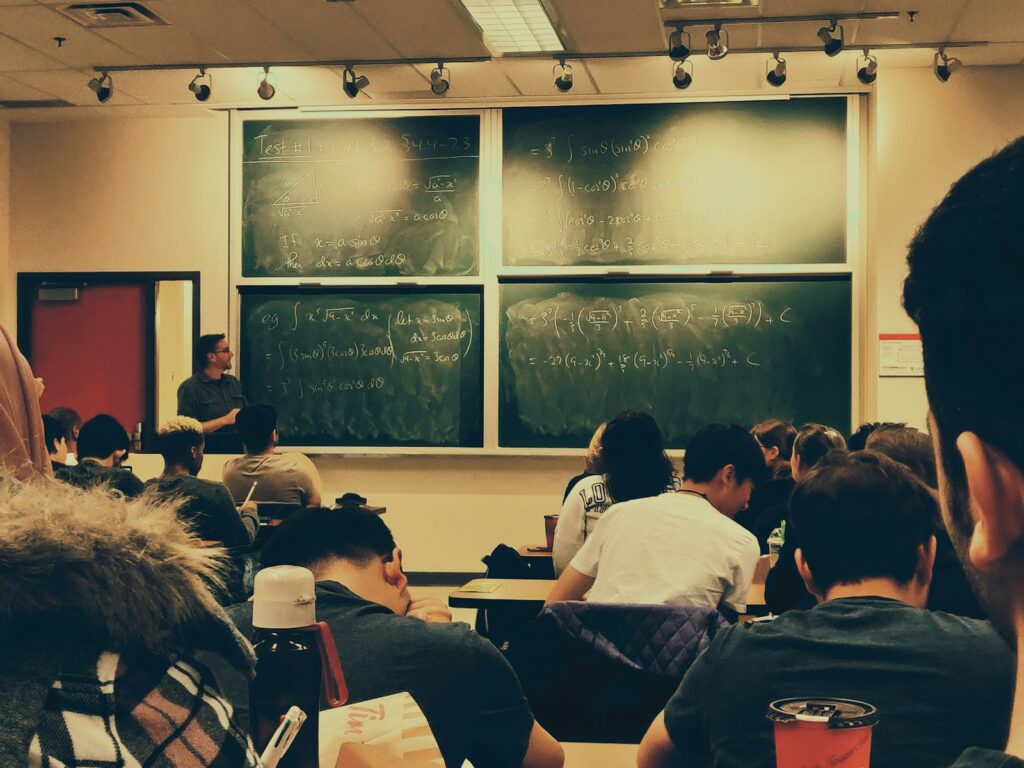Ask any K‑12 teacher about the value of a good support network, and they’ll tell you the same thing: it’s critical for success and staying power. Yes, too many schools struggle to create an effective teacher support network. Despite the best intentions, networks often fail to reach the teachers who need them most.
So what holds teacher support networks back — and how can schools fix it? As modern educational software for schools evolves, it offers unique solutions to address these challenges in more effective ways. Whether you’re a lead teacher building your first network or a veteran educator trying to strengthen what you have, leveraging these tools can significantly enhance your efforts. Understanding these barriers is the first step toward lasting solutions, and educational software can be a powerful ally in this journey.
Challenge 1: No Protected Time to Connect
The Problem: Teachers already have full plates. When collaboration time isn’t built into the schedule, it gets pushed aside by urgent tasks. Many networks fail because they depend on after-hours or “when you have time” participation.
The Solution: Make connection time non-negotiable. Schedule regular PLCs, peer coaching, or check-ins during contract hours. Utilize your school management software to coordinate calendars and reminders, ensuring that nothing falls through the cracks.
Challenge 2: Support Is Only for New Teachers
The Problem: Many schools focus support resources mainly on onboarding new hires. But veteran teachers also face burnout, evolving standards, and new challenges. When networks overlook experienced staff, they miss out on valuable collaboration.
The Solution: Design support systems for every teacher, not just those who are beginners. Pair new and experienced teachers together for peer coaching. Offer advanced training and leadership opportunities that keep experienced educators engaged and motivated.
Challenge 3: Lack of Clear Purpose
The Problem: A vague mission, such as “better teacher support,” doesn’t inspire commitment. Without clear goals, networks tend to drift, meetings lose focus, and participation declines.
The Solution: Tie your teacher support network to real goals, such as improving reading scores, addressing discipline trends, or boosting engagement. Set measurable goals and revisit them regularly. Modern educational software for schools can help track progress and outcomes, keeping everyone aligned and on the same page.
Challenge 4: Poor Communication
The Problem: Teachers can’t engage with support if they are unaware of when meetings occur, what is expected of them, or what resources are available. Miscommunication or inconsistent updates quickly erode trust.
The Solution: Utilize integrated messaging tools to send updates, share materials, and keep everyone informed. Many school platforms now include built-in features such as group messaging, shared document libraries, and notifications.
Challenge 5: Low Trust and Psychological Safety
The Problem: Teachers are reluctant to open up about challenges if they fear judgment or consequences. This is especially true if evaluation and support get mixed up.
The Solution: Separate support conversations from formal evaluations. Train lead teachers and coaches to create safe and confidential spaces for honest dialogue. Online coaching logs within your educational software for schools can protect privacy and keep reflections separate from performance reviews.
Challenge 6: Leadership Gaps
The Problem: Even the best-designed network needs someone to champion it. Without a lead teacher or coach guiding the process, momentum stalls and meetings lose purpose.
The Solution: Identify and train strong facilitators. Give lead teachers clear roles, planning time, and access to tools that make it easy to organize sessions, share feedback, and maintain the network’s operation.
Challenge 7: Disconnected Tools
The Problem: When schools use too many unconnected apps and spreadsheets, data gets siloed. Teachers lose track of schedules, materials, and action steps. This adds to the frustration instead of alleviating it.
The Solution: Choose educational software for schools that brings teacher support features together with scheduling, communication, and reporting. Integration saves time and keeps everyone working from the same page.
Challenge 8: One-Size-Fits-All Approach
The Problem: Every school community is unique, but some districts implement a single support model for all campuses. What works for a large urban high school may flop at a small rural elementary.
The Solution: Adapt networks to your teachers. Get input on what they need and determine the format that works best. Use surveys and feedback loops to refine your approach each semester.
Challenge 9: No Follow-Through
The Problem: Great ideas are shared in meetings but never acted on. Teachers leave inspired but return to old habits when no one follows up.
The Solution: Build accountability into your system. Utilize goal-tracking tools within your school software, schedule regular check-ins to review action steps, and celebrate small wins to maintain momentum.
Challenge 10: Limited Access to Quality Resources
The Problem: Support networks often rely on staff bringing their materials or searching for ideas online, which wastes time and creates gaps in quality.
The Solution: Create a shared digital library of vetted resources within your school’s platform. Make it easy for teachers to access lesson plans, templates, and tools at any time.
Final Thoughts: Turning Barriers Into Opportunities
Every barrier to teacher support can be turned into a bridge — if schools plan intentionally and use the right tools. The best teacher support networks thrive when time is protected, trust is high, goals are clear, and collaboration is simple and accessible.
Modern educational software for schools won’t fix every challenge on its own, but it removes friction points that make support networks harder to maintain. Combine innovative tools with strong leadership, and you have the foundation for a culture where teachers help each other grow — and stay.



